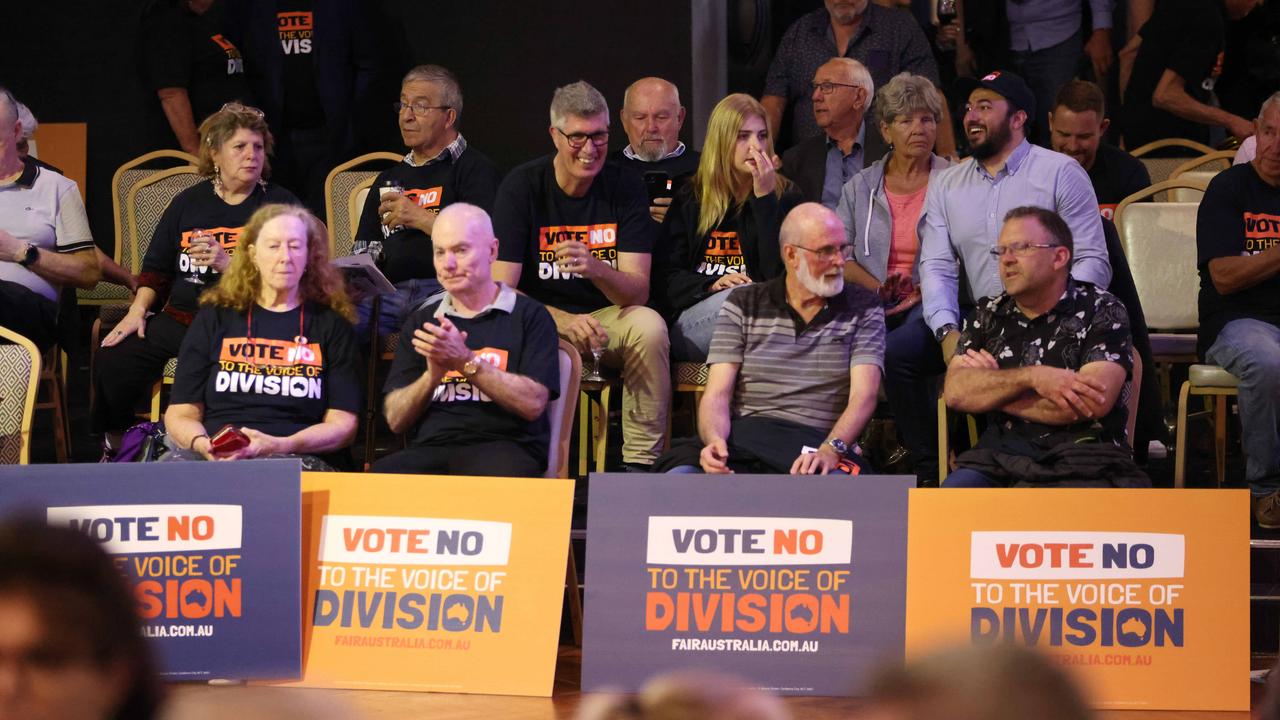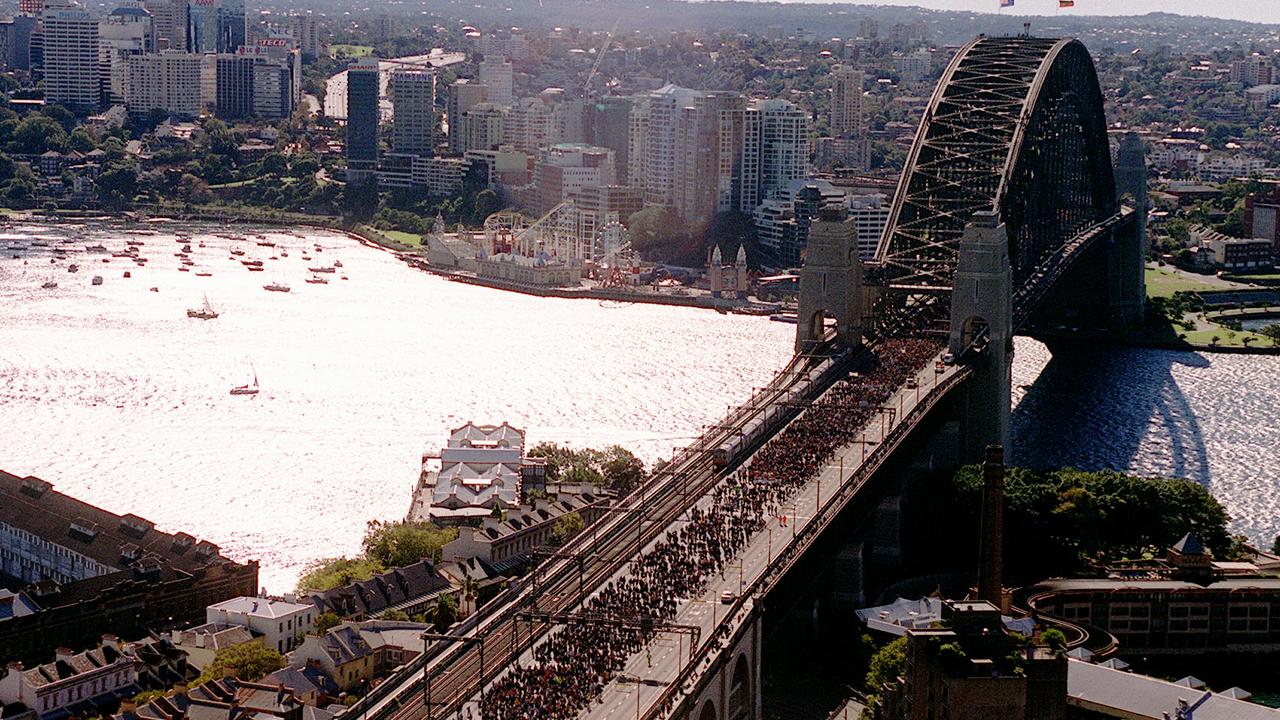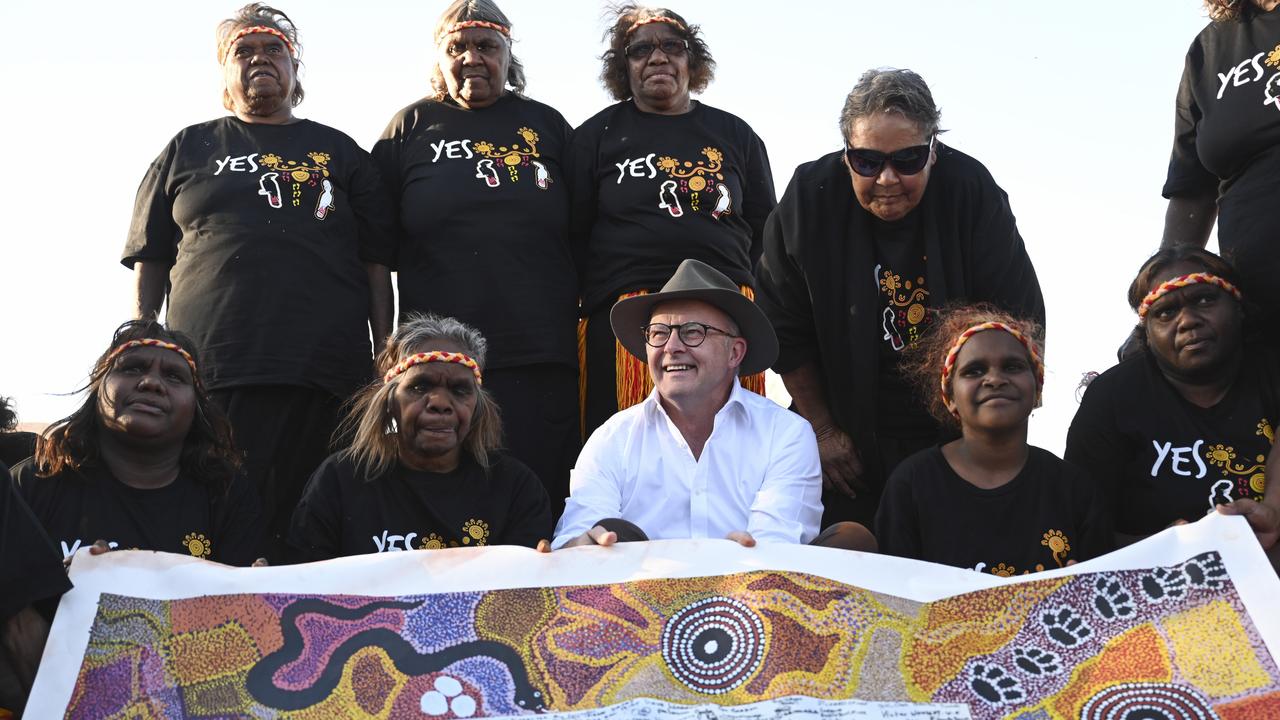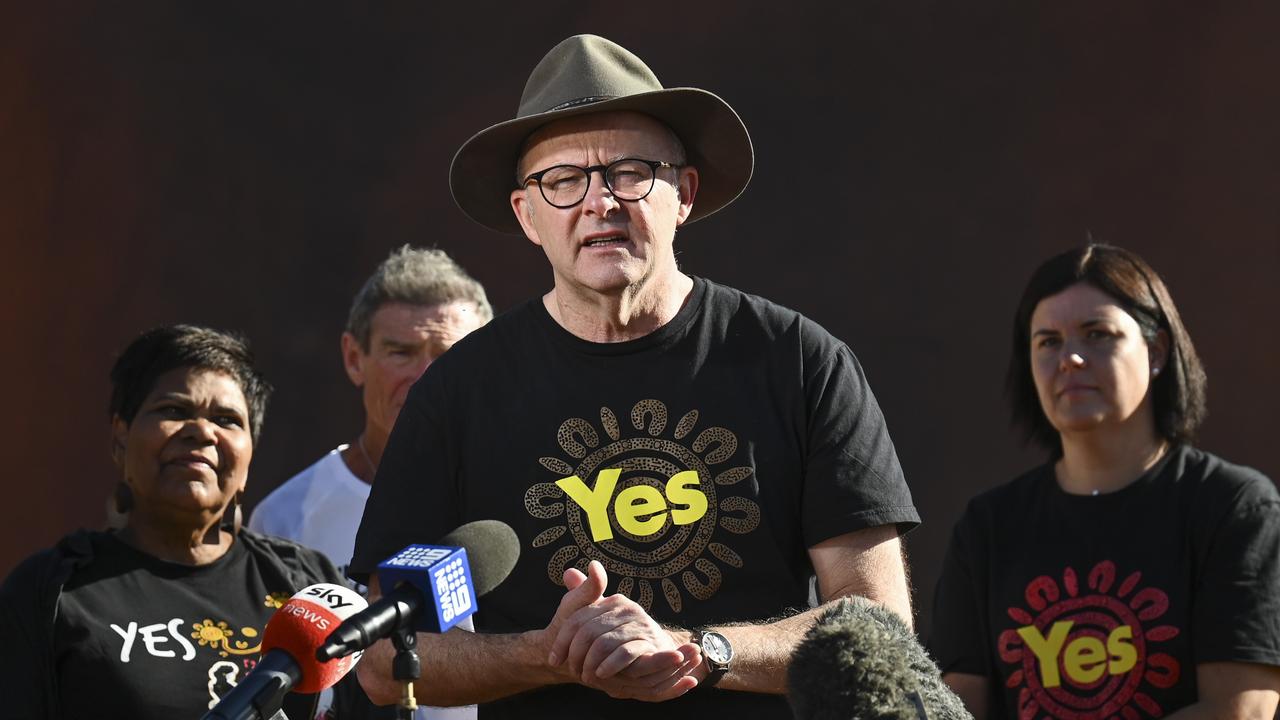Nat Reconciliation Week in focus after Voice referendum defeat
This National Reconciliation Week marks 24 years since the historic Walk for Reconciliation over Sydney Harbour Bridge – but the ‘No’ referendum vote has left a scar for many Australians

READING LEVEL: ORANGE
Exactly twenty-four years ago on Tuesday, Australians came together for the largest public demonstration in our nation’s history – a march for Reconciliation.
This National Reconciliation Week, we look back at the day 250,000 Indigenous and non-Indigenous people walked together over the Sydney Harbour Bridge in a symbolic gesture of coming together and healing the past. Remembering that day of unity in 2024, we need to acknowledge the result of last year’s Voice referendum and its impact on the path towards Reconciliation.
NOW MORE THAN EVER
In October 2023, Australians came together to vote on an Indigenous Voice to Parliament – a change to the constitution to formally recognise First Nations people by giving them a voice on important issues shaping the country.
The majority of Australians voted “No”. It was an emotional and disappointing day for millions of people around the country.

This year’s National Reconciliation Week is the first to be held since the No vote.
Its theme “Now more than ever” is a reminder of the fight for justice for many First Nations people – as well as non-Indigenous people – wanting to close the gap.
In an opinion piece for The Advertiser, which like Kids News is published by News Corp Australia, Indigenous Affairs reporter Douglas Smith wrote about the ongoing divide.
“When more than 60 per cent of Australia voted ‘no’ in October, it wasn’t just a ‘no’ to the Voice, it was also a ‘no’ to Reconciliation,” Mr Smith wrote. “It was a slap to the hand of First Nations people that was extended to the rest of the country.
“When the No campaign told Australia that a ‘yes’ vote would 'divide' us, they failed to mention that it was actually the other way around.”
“It wasn’t as bad for me as it was for my parents, or my grandparents, all who experienced the worst of racism: forced removal, segregation, land dispossession, and atomic bomb testing on our country by the British and Australian governments in the ‘50s and ‘60s,” he wrote.

Mr Smith said he was unable to think about Reconciliation without thinking about what Indigenous Australians have endured since 1788 and admiring those “still wanting to extend that hand”.
“My people were dispossessed of their land, they were massacred, mothers had their children taken by the thousands, there was extreme racism and violence forced upon my Elders and my ancestors and yet, our Elders still wanted to reconcile with white Australia,” he said.
“We have come too far not to continue to fight for the cause”, Mr Smith said, but added that the failure of the referendum had left a far more divided Australia today “with no clear path to Reconciliation”.
THE DAY WE WALKED TOGETHER
On May 28, 2000, more than 250,000 people came together from around the country to march over the Sydney Harbour Bridge in the Walk for Reconciliation.
It was the country’s largest ever public demonstration and a significant event in the nation’s journey towards Reconciliation.

The walk was part of Corroboree 2000, a two-day event organised by the Council for Aboriginal Reconciliation.
In total, more than 250,000 Indigenous and non-Indigenous Australians walked across the bridge in a demonstration lasting six hours. Many wore badges and stickers or carried banners in support of Reconciliation.
Mr Smith said his grandfather, who was a victim of the Stolen Generations and had suffered from atomic testing done at Maralinga, took part in the walk.
“He still marched side-by-side with Australians from all backgrounds, despite the atrocities forced upon him by Australia and the Crown,” Mr Smith wrote. “It was for the greater good. They marched together for a better future for all Australians, one not divided by culture, colour or race.”

KEY MOMENTS IN RECONCILIATION
Leading up to the Walk for Reconciliation, there were several milestones throughout the 1990s.
In 1991, the Australian Government set up the Council for Aboriginal Reconciliation in order to guide the Reconciliation process over the next 10 years before the 100-year anniversary of Federation.
In 1992, the High Court of Australia officially acknowledged that Australia was already occupied at the time of white settlement when it handed down the ruling in the Mabo case.
In 1993, the ruling was made law through the Native Title Act, which gave First Nations people the power to claim back some of their land.

In 1997, the Human Rights and Equal Opportunity Commission published the Bringing them Home report, which described the trauma that Indigenous people suffered as a result of being taken from their families as the Stolen Generations.
After the turn of the millennium, in 2008, then Australian Prime Minister Kevin Rudd said sorry to Indigenous Australians for the actions of past governments and the trauma these actions had caused.
POLL
GLOSSARY
- reconciliation: bringing together two people or groups as friends after an argument or conflict
- segregation: keeping a race of people separate from others by not allowing them the same liberties and rights
- land dispossession: having land taken from them
- massacred: the killing of multiple people
- Mabo case: a High Court case brought by Eddie Mabo that recognised the land rights of Indigenous Australians for the first time in the country’s history by ruling the Meriam people of the Torres Strait Islands were entitled to occupation and use of most of the lands of the Murray Islands
EXTRA READING
Shaken PM accepts Voice defeat
What is the Voice referendum?
Clancy’s ‘fire in the belly’ moment
QUICK QUIZ
1. How many people walked across the Sydney Harbour Bridge in the 2000 Walk for Reconciliation?
2. How long did the walk last for?
3. When was the Council for Aboriginal Reconciliation set up?
4. What is the theme of this year’s Reconciliation Week?
5. When did the Australian Government issue a formal apology to First Nations people?
LISTEN TO THIS STORY
CLASSROOM ACTIVITIES
1. What can we all do?
How do you think that we can “extend that hand” to Indigenous Australians? Write down as many ideas that you can think of.
Time: allow at least 20 minutes to complete this activity
Curriculum Links: English, History, Personal and Social Capability
2. Extension
“We can still find a way to make things right, even though the ‘No’ vote for a Voice to Parliament won.”
Do you agree with this statement? Write paragraphs that will convince your reader to agree with your opinion. Use your research skills to find out what the issues are.
Time: allow at least 40 minutes to complete this activity
Curriculum Links: English
VCOP ACTIVITY
Class Acknowledgement to Country
As a class, reflect on what this year’s Reconciliation theme is. Have a look at some Acknowledgment of Country examples from the internet, or around the school. Discuss what words or intentions are important and things that might be missing.
Can you create your own class Acknowledgment to Country that demonstrates your understanding and beliefs of how we can continue to create a more respectful and inclusive Australia?